The Pulitzer Prize-winning novelist Annie Proulx once remarked that she could live happily in solitary confinement provided she had an unlimited selection of books.
I wouldn’t go that far but I can at least understand the sentiment. I find it hard to conceive of life without being surrounded by shelves and piles of books.
If you’re the same, perhaps you’re filling out your holiday wish list with nature and science books. Or maybe you have a conservationist on your list and are wondering what would make the perfect gift under the tree.
Here are six of my favorite new books. I hope you find something here that you enjoy.
-
Rust Belt Arcana: Tarot and Natural History in the Exurban Wilds
By Matt Stansberrry and David Wilson (Belt Publishing)
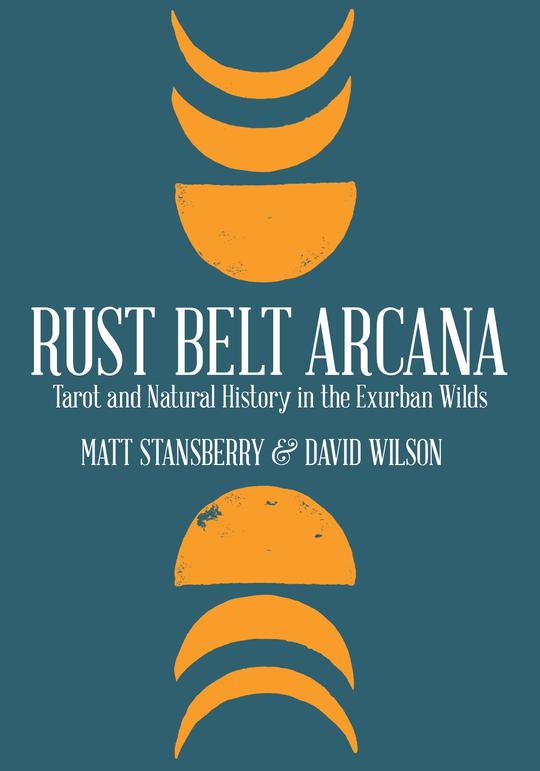
I love the trend in nature writing to explore areas outside the usual wilderness areas and national parks: the urban wilds, the forgotten and overlooked spots. In this compact volume, Matt Stansberry turns his naturalist’s eye to the industrial Midwest, and finds wonders lurking everywhere.
And there’s a twist: Each chapter is tied to a tarot card, with the chapter exploring both natural history and a tarot reading. Each “card” is creatively illustrated by David Wilson, making this one of the more unusual nature writing volumes you’ll encounter.
But even if you are not interested in tarot, this is book to read and savor. Stansberry brings a curiosity for the world around him, whether he’s catching fireflies with his kids, contemplating a museum fossil or searching for injured birds around city skyscrapers. He eschews the easy answers here, and each short essay relies not only on his field observations but also interviews with scientists and insights from tarot readings.
It shows that even common nature – the opossum under the crawl space, the bluegills in the pond – have unique stories and lessons to share, if only we pay attention. A gem of a book.
-
River of Redemption: Almanac of Life on the Anacostia
By Krista Schlyer (Texas A&M University Press)
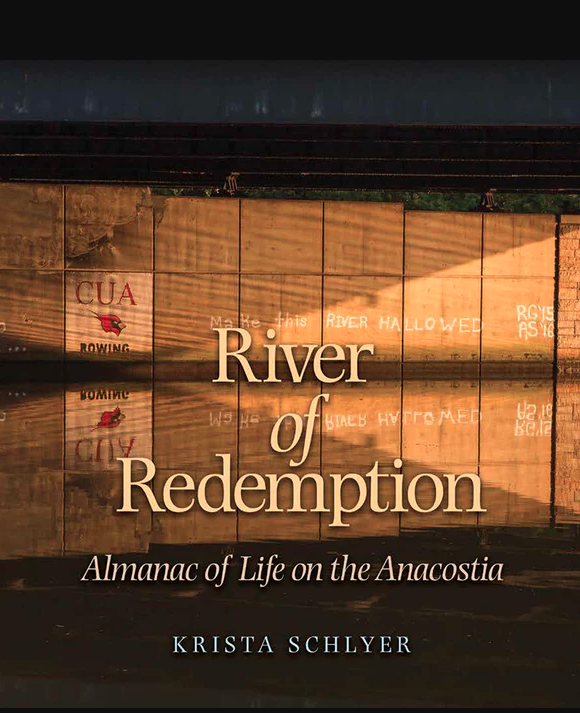
I first became familiar with Krista Schlyer’s work when I saw her deliver a lecture on the ecological impacts of the Border Wall. While most of the speakers on the panel listed facts and figures, Schlyer told compelling stories. The audience was spell bound. And on top of that, her stories were illustrated with her own equally beautiful photographs. And it turns out, she can also write. I next read her book Almost Anywhere, a poignant memoir of turning to national parks to deal with loss and tragedy.
In River of Redemption, both her writing and photography are on full display. This series of essays explores the Anacostia River, an urban river that flows through Washington, DC. With poetic language and stunning images, she explores the natural and human history of this overlooked, neglected and often-abused river. While the Potomac may get more attention, Schlyer finds a thriving community of life, both human and wild, along the Anacostia.
Schlyer knows that those without voices often pay the price for our environmental devastation. But she also tells hopeful stories about people working to protect and improve the river’s ecological health. All rivers, all landscapes, should have such a poetic voice speaking on their behalves.
-
Where the Crawdads Sing
By Delia Owens (G.P. Putnam’s Sons)
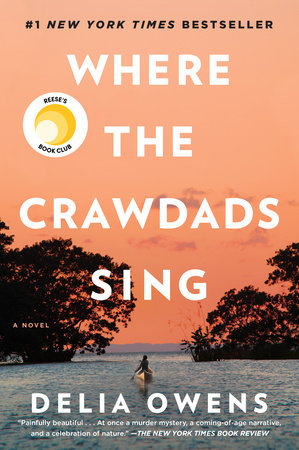
Up front: I loved this book. I couldn’t stop reading it, and felt a bit sad when I finished. It’s a page turner in which natural history plays a central role.
Delia and Mark Owens have coauthored three books about their careers as African wildlife biologists, including one of my favorite books, Cry of the Kalahari. Sometimes when biologists turn their pens towards fiction, the results can be less-than-stellar. Not here. Delia has crafted a gripping and original story, even if you have little interest in nature books.
Where the Crawdads Sing is about a young girl essentially abandoned to live on her own in a shack in wild, coastal North Carolina. She turns to nature for her survival, while surrounding communities cruelly treat her as the “Swamp Girl.”
There’s a murder, and romance, and colorful, complicated characters. The wildlife, plants, land and water of coastal Carolina play central roles, and the natural history information is integrated in a way that makes a much richer story.
But I think most of all, you just can’t help but root for the Swamp Girl, following her on one of the most compelling nature journeys I’ve read.
-
The Life List of Adrian Mandrick
By Chris White
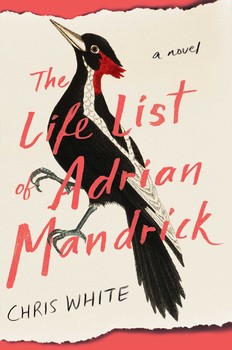
Another novel with a natural twist, The Life List of Adrian Mandrick at first glance has all the trappings of contemporary literary fiction: suburban angst, substance abuse, family strife, infidelity and a general nihilism. But there’s also this: the protagonist is a fanatical birder. Adrian Mandrick has the third-longest North American life list, and the birder with the second just dropped dead.
Mandrick can be a difficult character to love. He pops pills and indulges frequently in both self pity and self loathing. He can be a jerk to just about everyone around him. But he loves birds.
The birding scenes here are really well done, often funny and spot on. White captures the essence of competitive birding, the scene around finding rarities and the OCD tendencies that so often underlie serious list making. I think serious birders would enjoy this novel for this reason alone.
-
Drawdown: The Most Comprehensive Plan to Ever Proposed to Tackle Global Warming
Edited by Paul Hawken (Penguin Books)
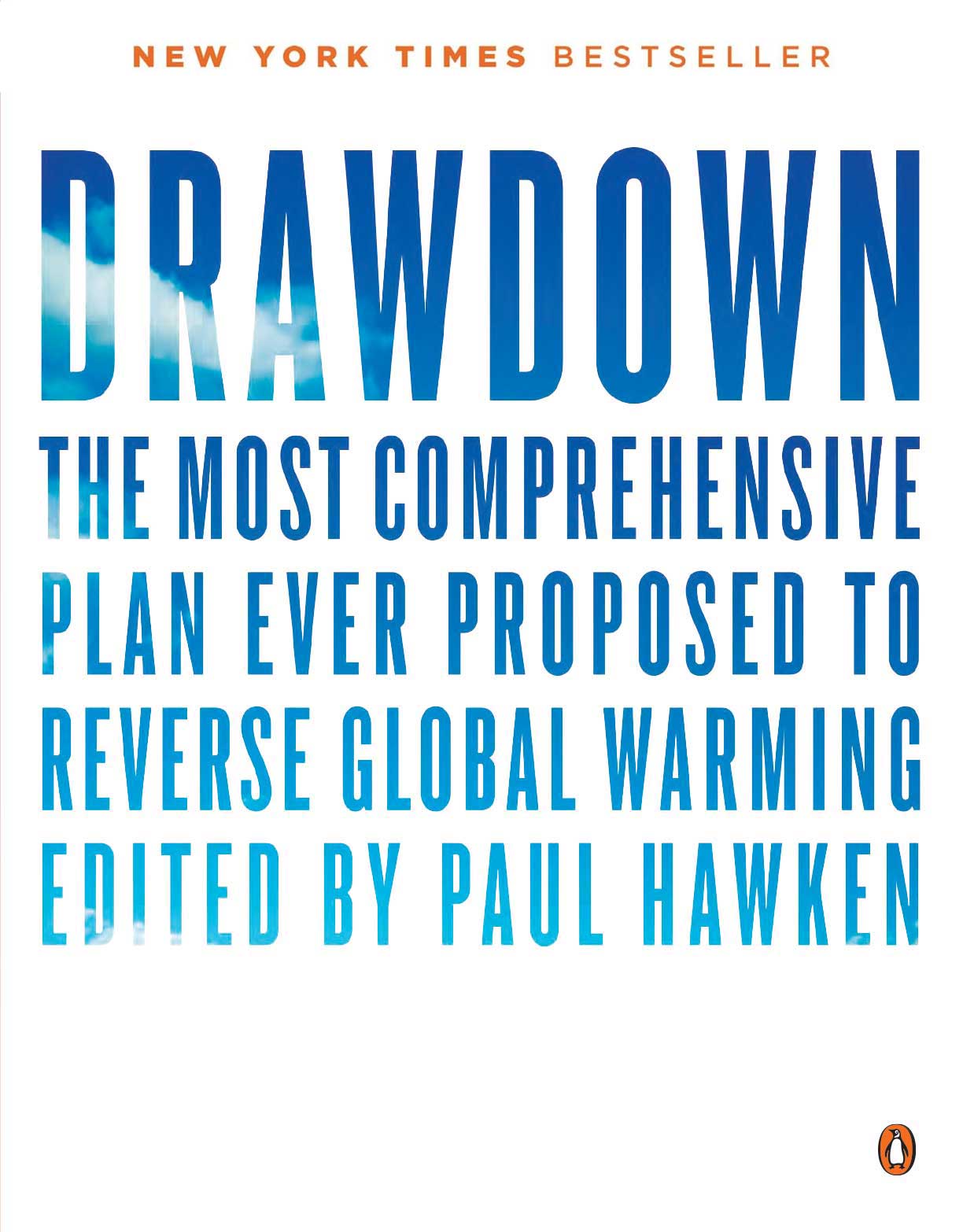
I find most books about climate change to be dreary reading, in part because they are often long on laments and short on solutions. A Nature Conservancy donor sent this book to all offices, and I take such commitment seriously. I can understand why he did so.
This book spells out a wide-ranging list of practical solutions, covering energy, land use, agricultural practices, urban living and personal choices. Each chapter explains the science, how it would make a difference and how it could be implemented.
What struck me is just how practical and achievable these solutions are. They make sense. They would make the world a better place. Instead of just complaining, the book shows ways all conservationists can work towards changes that matter. As a bonus, it’s clearly written and includes nice photographs. If you’re feeling despair in the face of environmental challenges, you would do well to pick up this book – and then find ways that you can make a difference.
-
Wildlife of the Arctic
By Richard Sale and Per Michelsen (Princeton University Press)
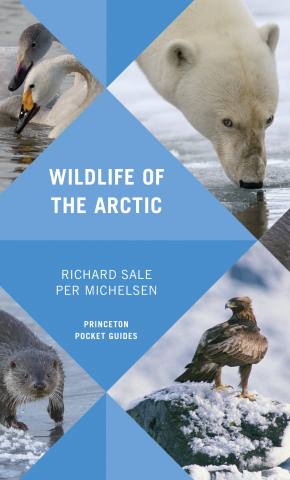
I own a large collection of Princeton Field Guides; they typically contain excellent information and illustrations. One of my recent favorites was The Arctic Guide, a complete guide to all wildlife found in arctic regions. Rather than having to carry a separate guide for mammals, birds and other critters, they were all in one volume. There was one problem: The book was a bit too large to carry comfortably in the field.
That’s solved with this Princeton Pocket Guide. It also covers all the wildlife of the Arctic, in both North America and Eurasia. But it’s much smaller and field friendly. This one covers birds, mammals, sea life, invertebrates and plants, so it’s likely the only field guide you’d need to carry on your trip. Unlike many Princeton guides, this one features photographs instead of illustrations. But for the difficult-to-identify or variable species, like many birds, there is a range of excellent images.
It’s a useful and user-friendly guide, and like so many field guides, fun to flip through even when you’re just dreaming of destinations.
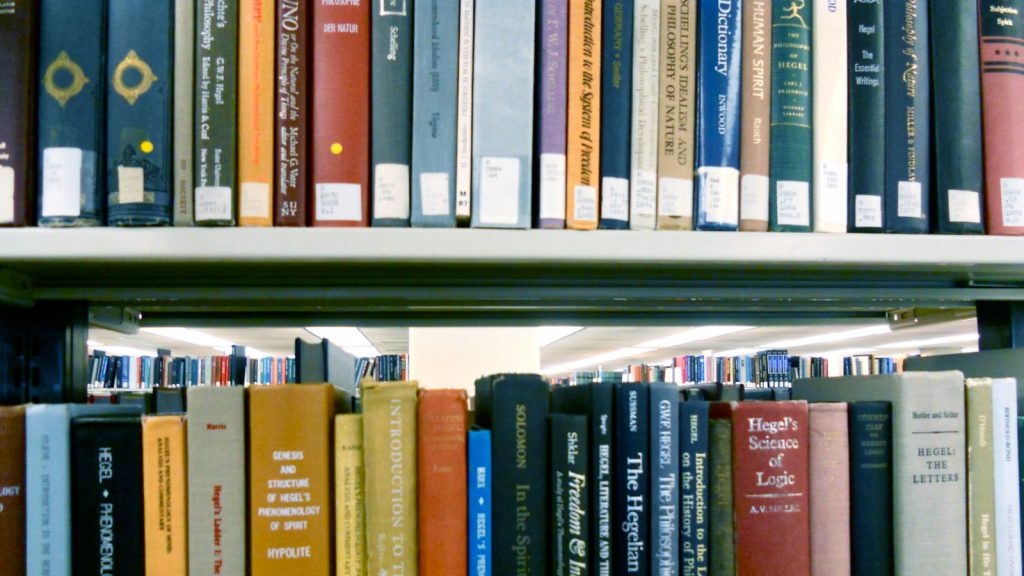



Just reserved Drawdown from my library. Sounds great.